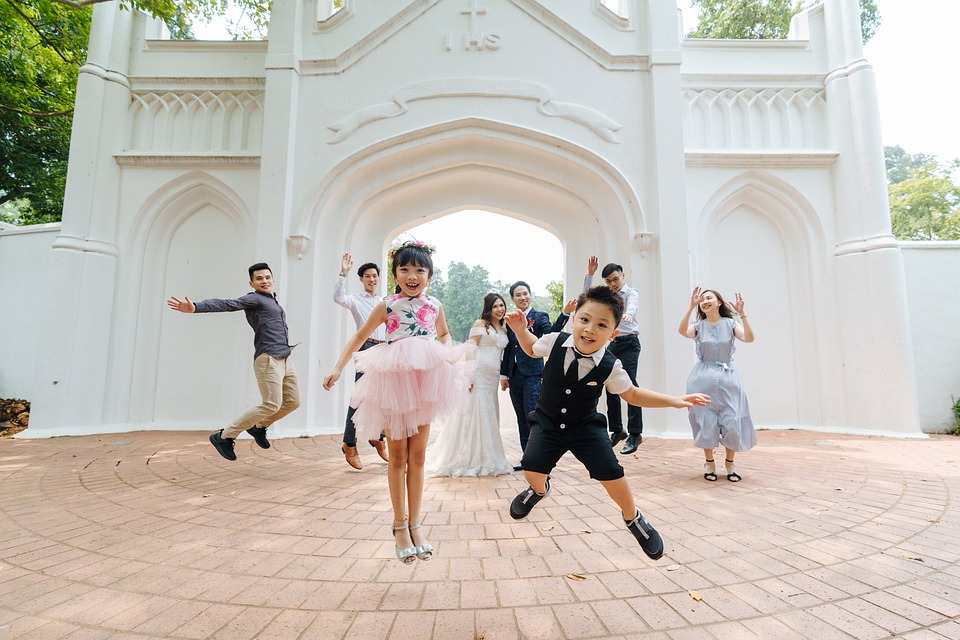Planning a children’s party can be an exhilarating yet daunting task. With a bit of organization, creativity, and a pinch of patience, you can create an unforgettable experience for your child and their friends. Here are our favorite tips for planning a successful children’s party.
1. Start with a Theme
Choosing the Right Theme
The theme sets the tone for the entire party, so choose one that excites your child. Popular themes include superheroes, princesses, animals, pirates, or their favorite TV show or movie. Engage your child in the decision-making process to ensure the theme reflects their interests and personality.
Incorporating the Theme
Once the theme is chosen, incorporate it into all aspects of the party, including invitations, decorations, games, and food. For example, a superhero party could feature capes and masks for each guest, a themed cake, and games like “Superhero Training Camp.”
2. Invitations
Creative Invitations
Get creative with your invitations to build excitement. For a pirate-themed party, you could send a treasure map invitation. For a fairy-tale theme, consider a scroll. Ensure the invitations include all necessary details such as date, time, location, RSVP information, and any special instructions like costumes or bringing swimsuits.
Online vs. Physical Invitations
In today’s digital age, online invitations are convenient and eco-friendly. However, physical invitations can be a fun craft project to do with your child and can be themed more elaborately.
3. Location
Home vs. Venue
Decide whether you want to host the party at home or at a venue. Home parties are cost-effective and offer more control over the environment. Venues, such as parks, play centers, or rented halls, provide space and often include entertainment options, reducing your workload.
Consider the Weather
If you’re planning an outdoor party, have a backup plan in case of bad weather. Renting a small tent or having an indoor space available can save the day if it rains.
4. Party Decorations
DIY Decorations
Creating your own decorations can be a fun activity and often saves money. Banners, balloons, streamers, and themed tableware can transform your space. Involve your child in crafting decorations like paper flowers, painted signs, or themed table centerpieces.
Hire a Professional
If DIY isn’t your style or time is limited, consider hiring a professional party decorator. They can bring a cohesive look to your theme and relieve some of the stress.
5. Entertainment
Hire Performers
Magicians, clowns, or character actors can add a special touch to your party and keep the children entertained. Make sure to book them well in advance and check reviews or get recommendations.
DIY Games and Activities
Plan a variety of games and activities that align with your theme. Classic games like pin the tail on the donkey, musical chairs, or a scavenger hunt can be adapted to fit any theme. Craft stations where kids can create something to take home are also a hit.
6. Food and Drinks
Themed Snacks
Incorporate the theme into the food and drinks. For a jungle-themed party, you could serve “lion” cupcakes, “snake” sandwiches, and “monkey” bananas. Make sure to include a mix of healthy options and treats.
Allergies and Dietary Restrictions
Always check with parents about any food allergies or dietary restrictions. Offer a variety of options to ensure every child has something they can enjoy. Labeling the food can also help parents guide their children.
Birthday Cake
The cake is often the centerpiece of the party food. Whether you bake it yourself or order from a bakery, make sure it fits the theme and is large enough to serve all guests. Cupcakes are also a great alternative and can be easier to serve.
7. Party Favors
Themed Goodie Bags
Send guests home with a small token of appreciation. Themed goodie bags with small toys, stickers, or treats are popular. Ensure they align with the party theme and avoid items that could be choking hazards for younger children.
DIY Favors
Handmade party favors can be a memorable touch. Crafting simple items like friendship bracelets, decorated picture frames, or personalized items can make a lasting impression.
8. Schedule and Timing
Plan the Duration
Children’s parties typically last 2-3 hours, which is usually enough time for games, food, and cake without overwhelming the kids. Plan the schedule with a mix of structured activities and free play.
Timing the Activities
Start with free play or a simple activity as guests arrive. Follow with games, then serve food and drinks. Have a wind-down activity like a craft or storytime before singing happy birthday and serving the cake.
9. Safety First
Supervision
Ensure there are enough adults to supervise the children, especially during activities that involve physical activity or potential hazards. It’s often a good idea to enlist the help of other parents or hire a professional party supervisor.
First Aid Kit
Have a basic first aid kit on hand for any minor injuries or mishaps. Make sure you have contact numbers for all parents in case of emergencies.
10. Photography
Capture the Memories
Designate someone to take photos or hire a photographer. Capture candid moments as well as posed shots. Consider setting up a themed photo booth with props for fun pictures.
Share the Photos
After the party, share the photos with guests as a memento. Online photo albums or prints can be a nice way to thank them for coming.
11. Budgeting
Set a Budget
Determine how much you’re willing to spend and allocate funds to different aspects of the party, such as decorations, food, entertainment, and favors. Sticking to a budget can help prevent overspending.
Cost-Saving Tips
- DIY: Make decorations and invitations yourself.
- Shop Sales: Look for sales and discounts on party supplies.
- Reuse and Repurpose: Use decorations from previous parties or borrow items from friends.
- Limit Guest List: A smaller party can be just as fun and more manageable.
12. Post-Party Cleanup
Enlist Help
Plan for cleanup after the party. Enlisting help from family or friends can make the process quicker and easier. Assign specific tasks like gathering decorations, cleaning dishes, or taking out the trash.
Recycling and Waste Management
Set up recycling bins for cans, bottles, and paper. Encourage guests to dispose of waste properly. If you used reusable plates, cups, and utensils, make sure they are washed and stored away for future use.
13. Thank You Notes
Show Appreciation
Teach your child the importance of gratitude by sending thank you notes to guests. Personalized thank you notes can make guests feel appreciated and valued. If you’re short on time, digital thank you notes can also be effective.
14. Special Needs Considerations
Inclusivity
If any of the guests have special needs, ensure the party is inclusive and accessible. Communicate with parents to understand any necessary accommodations and make sure the environment is safe and welcoming for all children.
Sensory-Friendly Options
Some children may have sensory sensitivities. Consider creating a quiet area where kids can take a break from the noise and excitement if needed.
15. Plan for the Unexpected
Flexibility
Despite your best planning, things can go awry. Stay flexible and keep a positive attitude. Sometimes the best moments are the unplanned ones.
Backup Activities
Have a few extra activities or games on hand in case something doesn’t go as planned or you need to fill time. Simple games like Simon Says or a dance party can be a lifesaver.
Conclusion
Planning a children’s party involves a lot of details, but with careful preparation and a focus on fun, you can create a memorable event for your child and their friends. Remember to involve your child in the planning process, stay organized, and most importantly, enjoy the day. The smiles and laughter of the children will be the best reward for your efforts.


